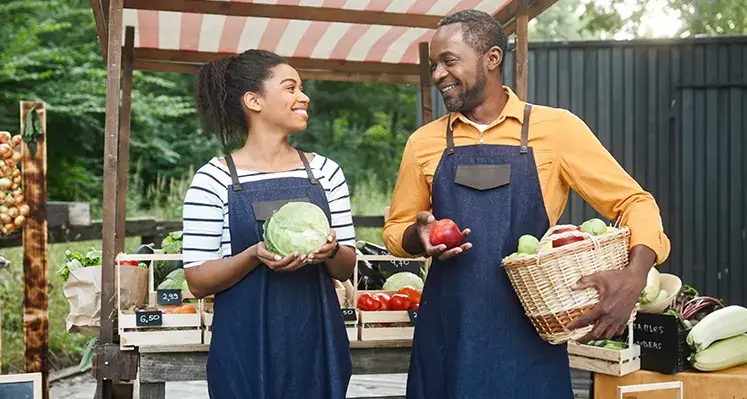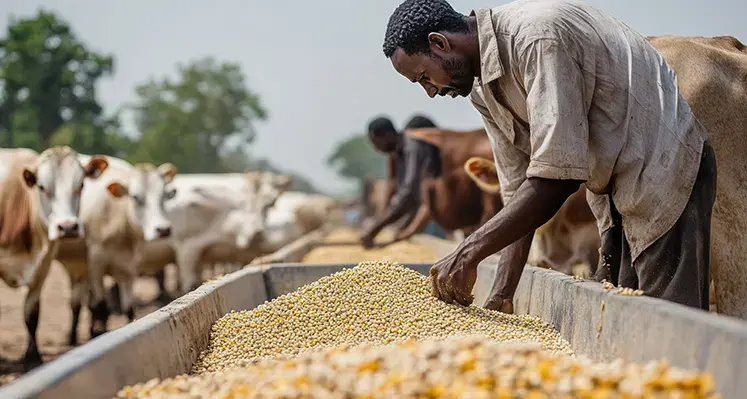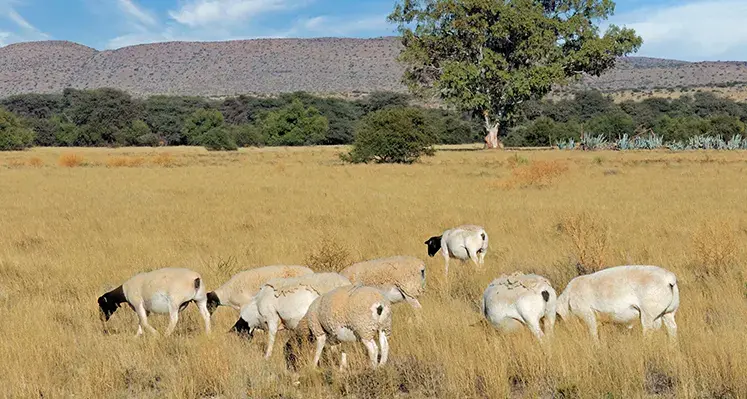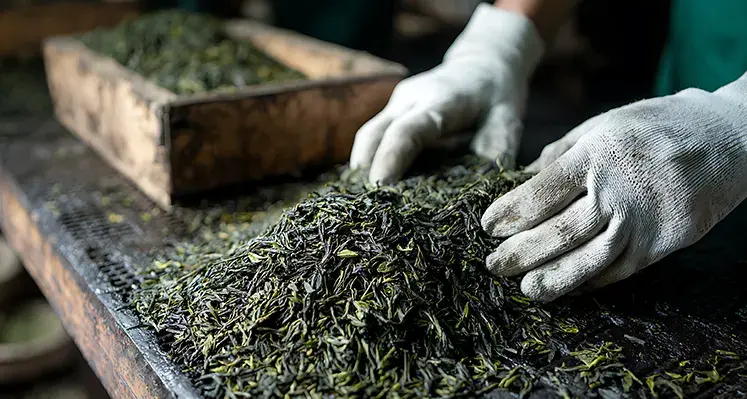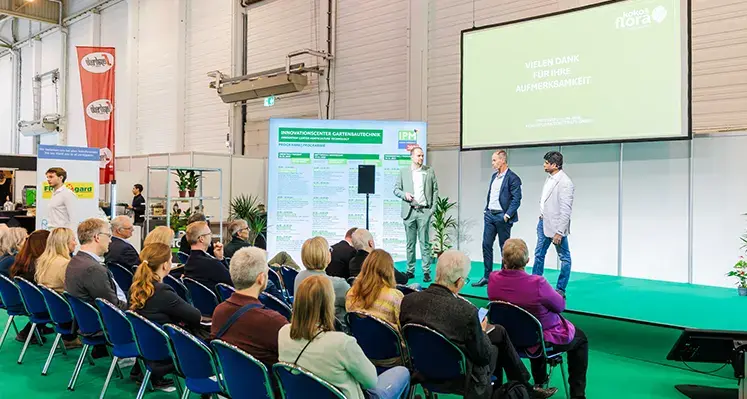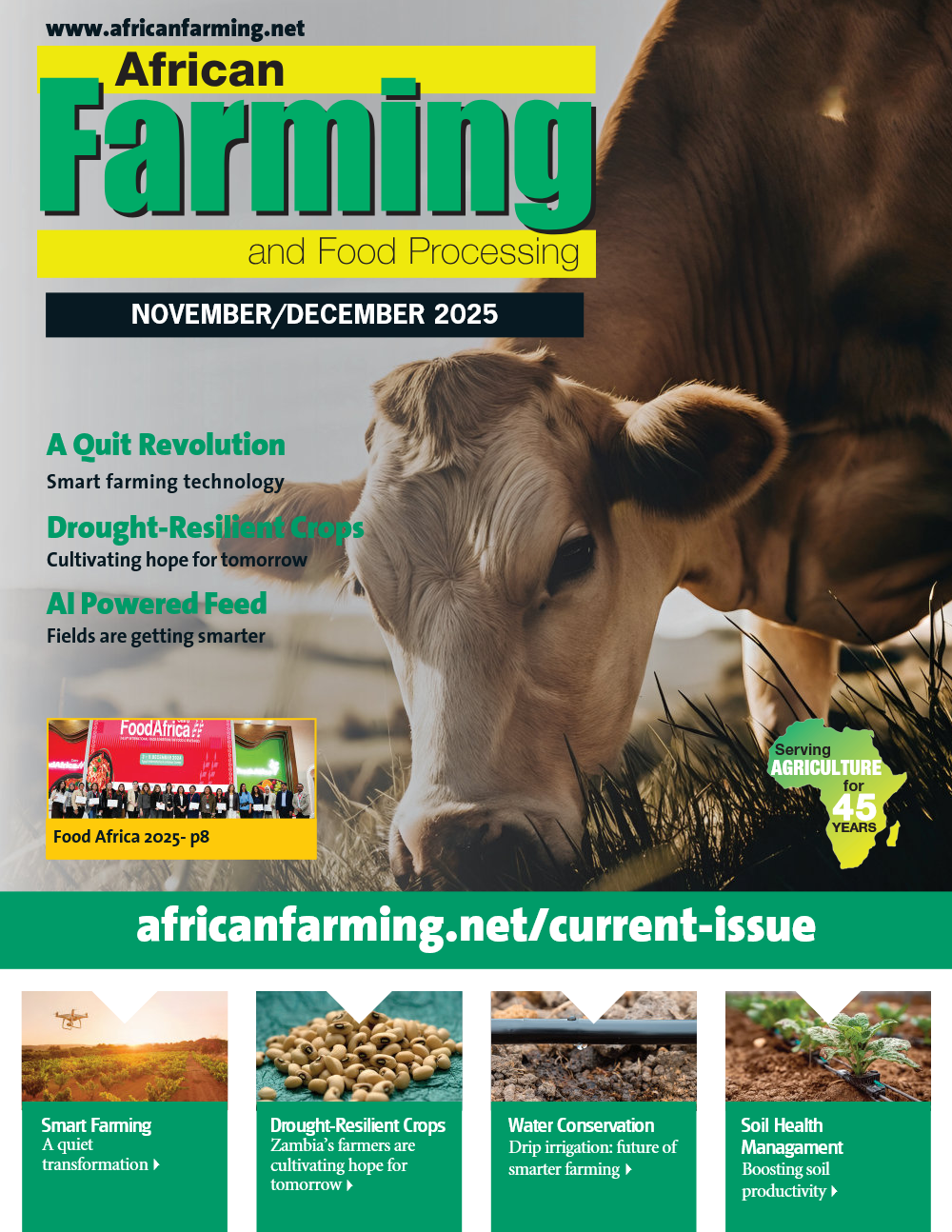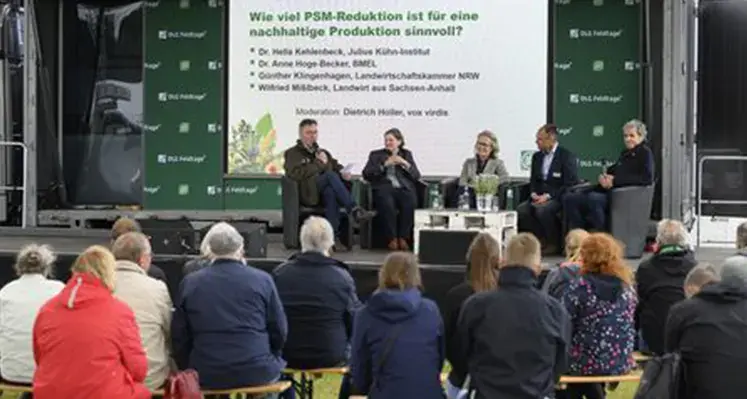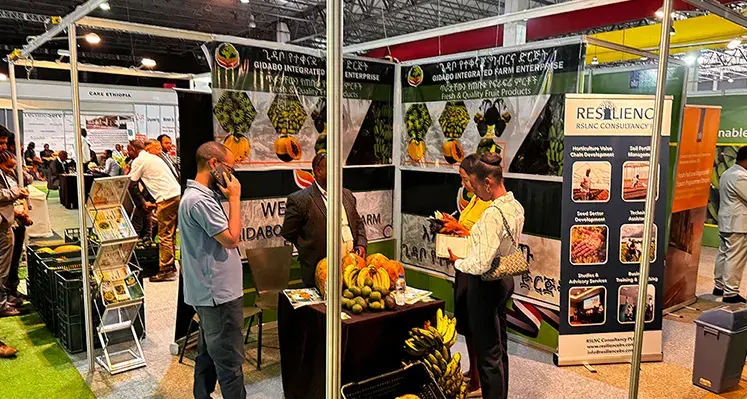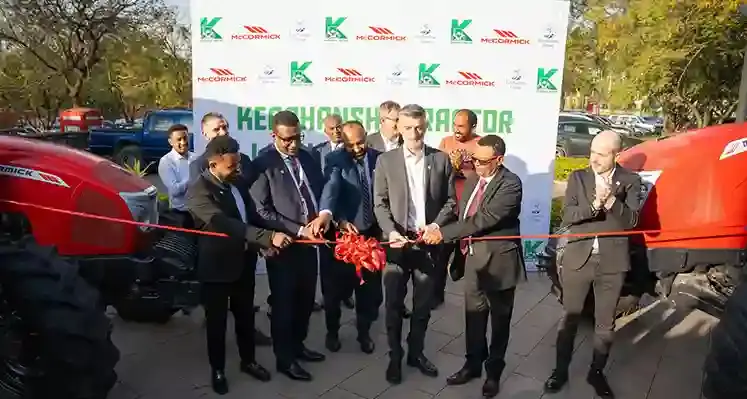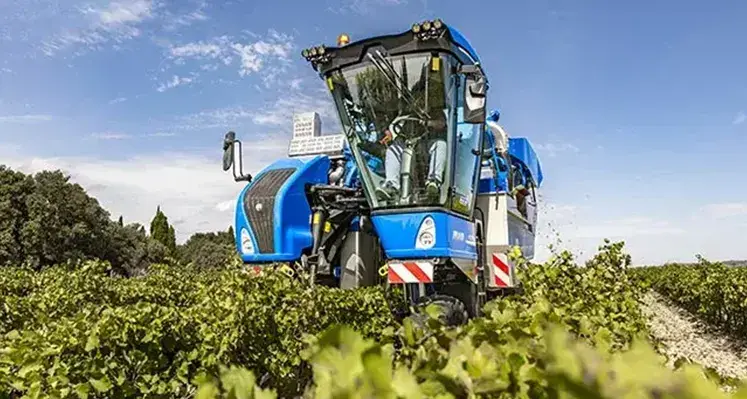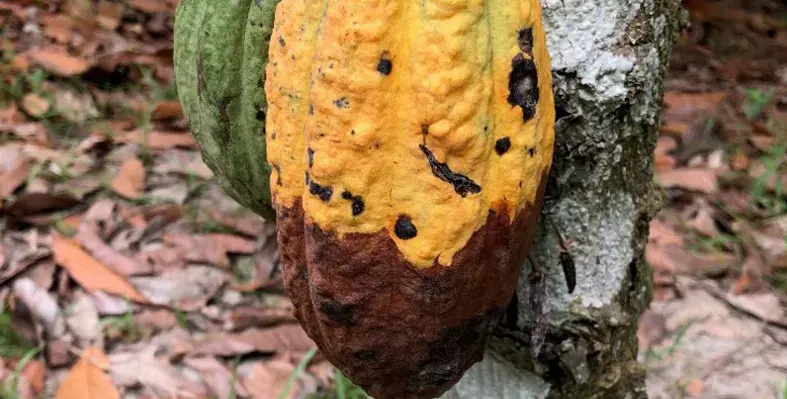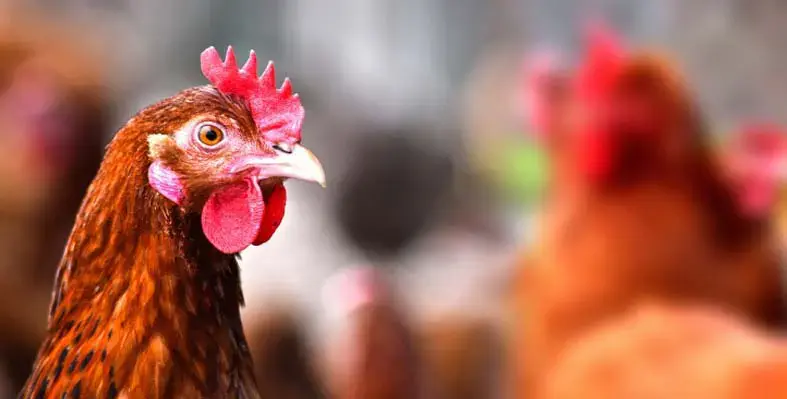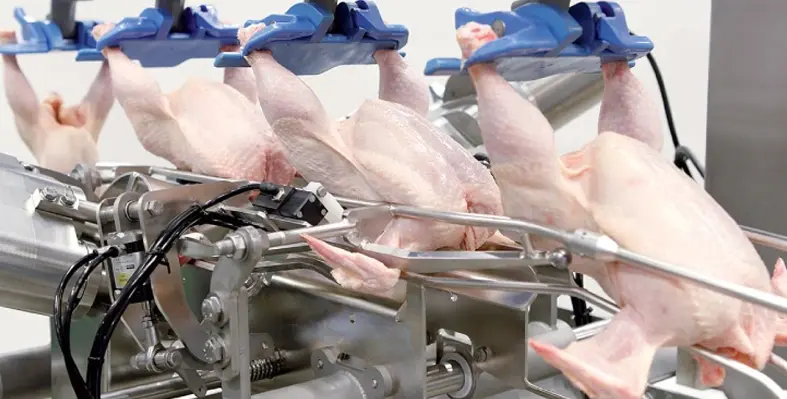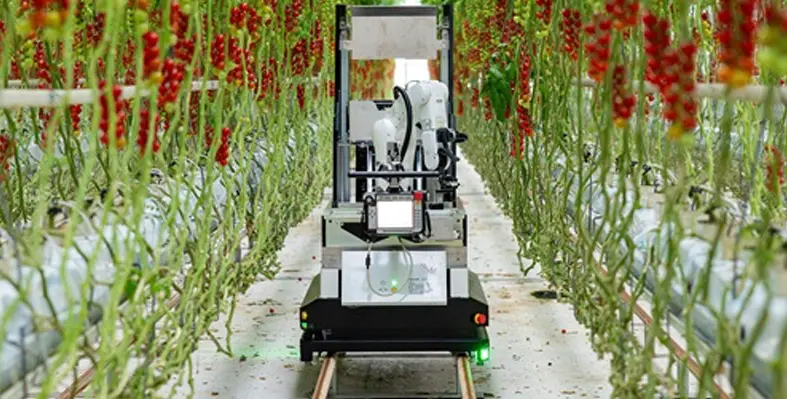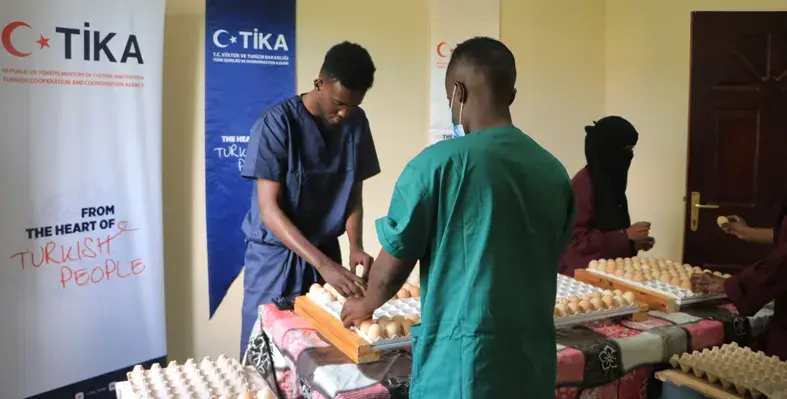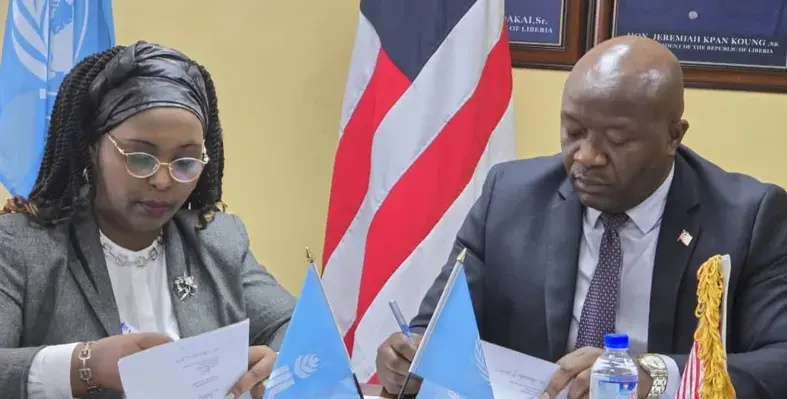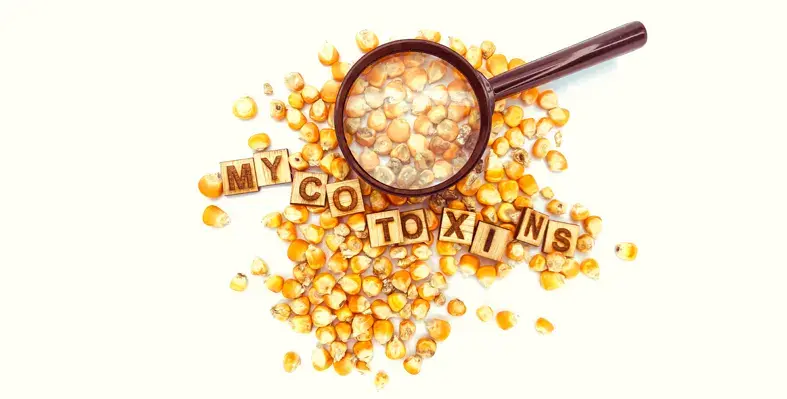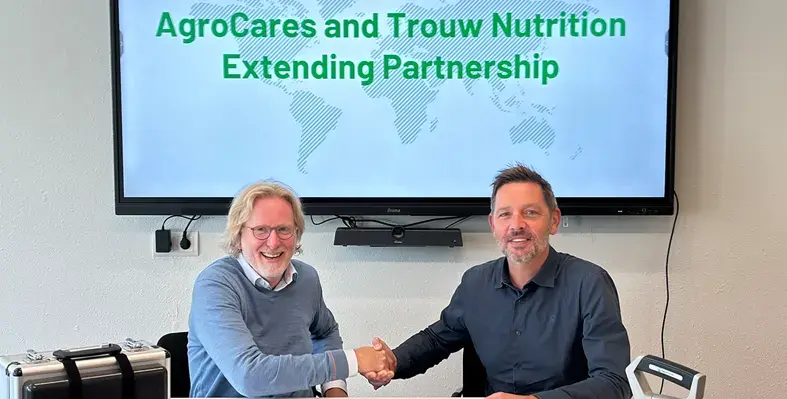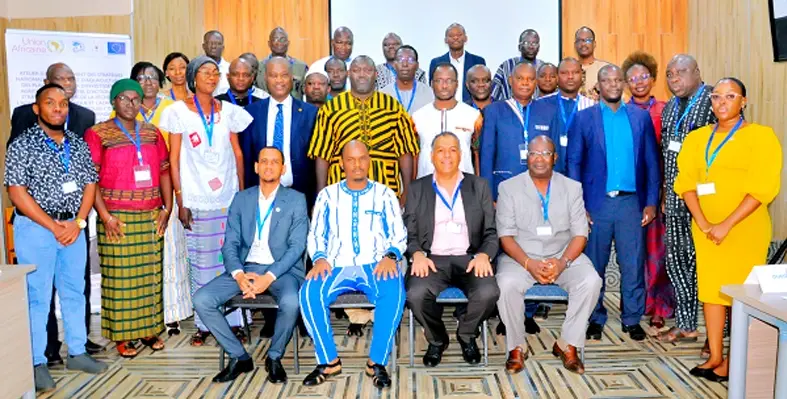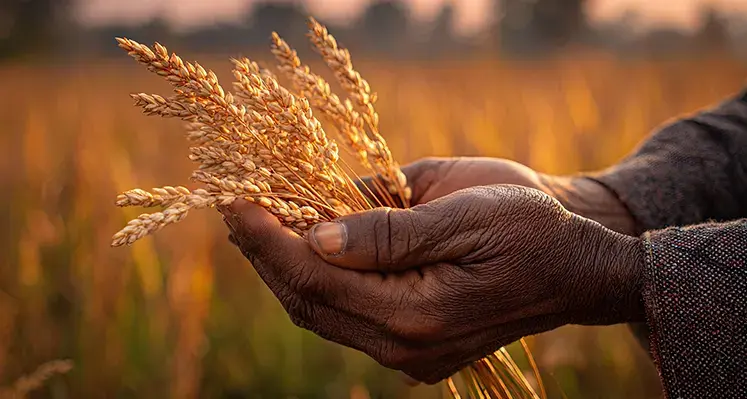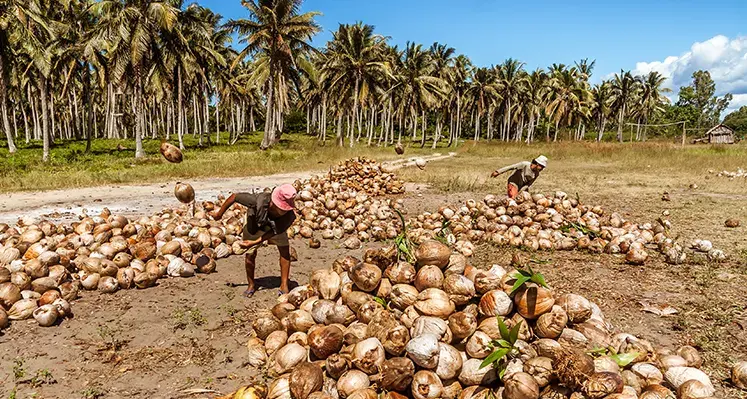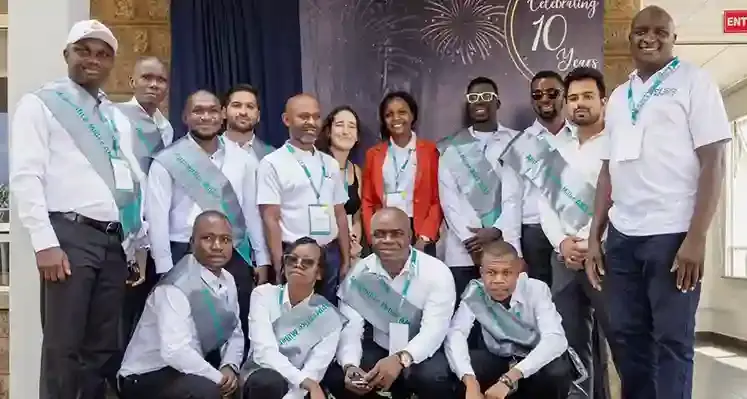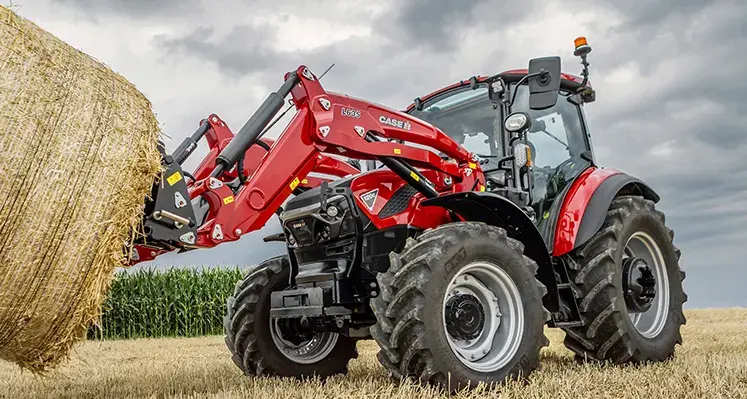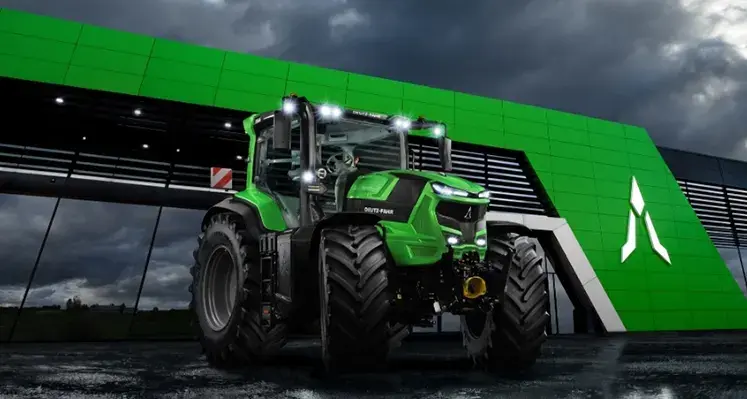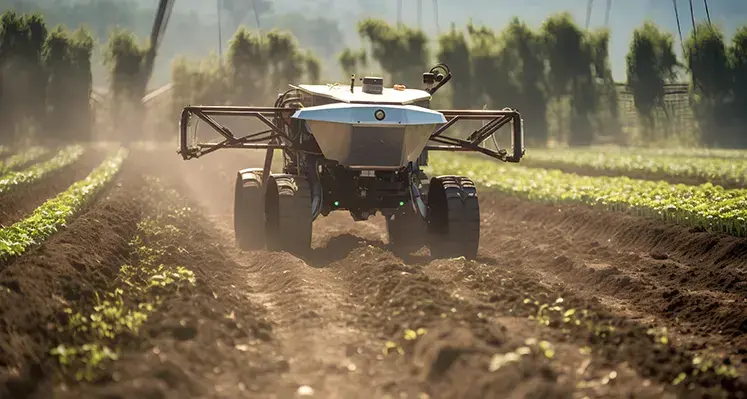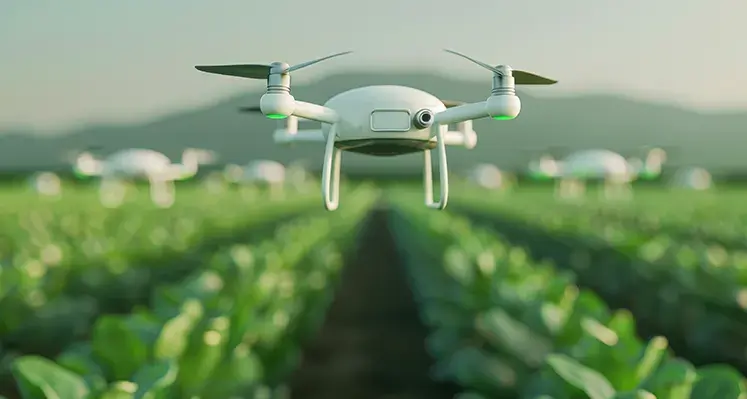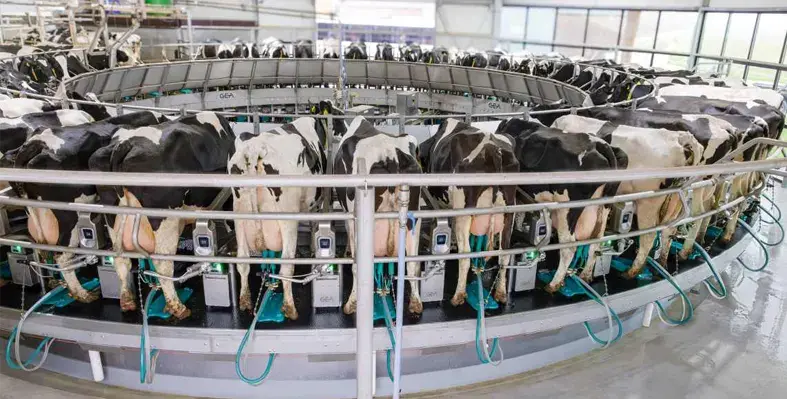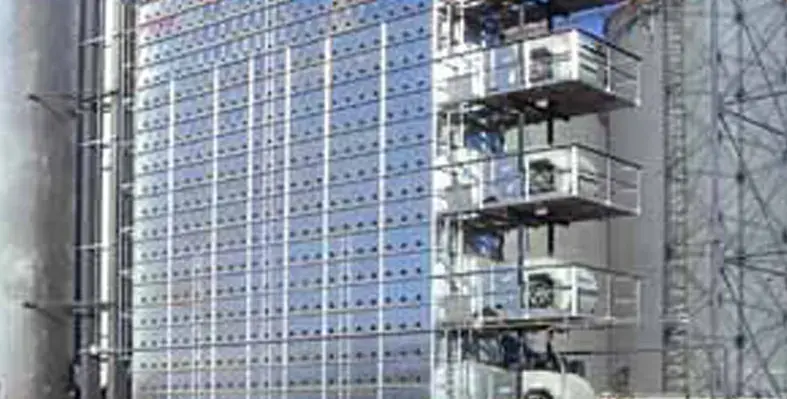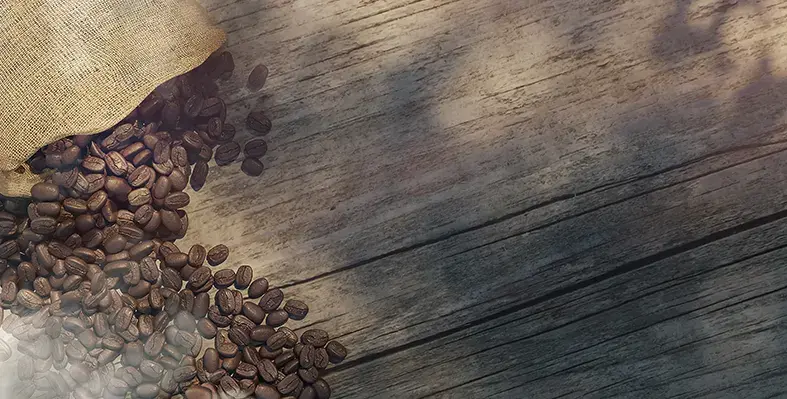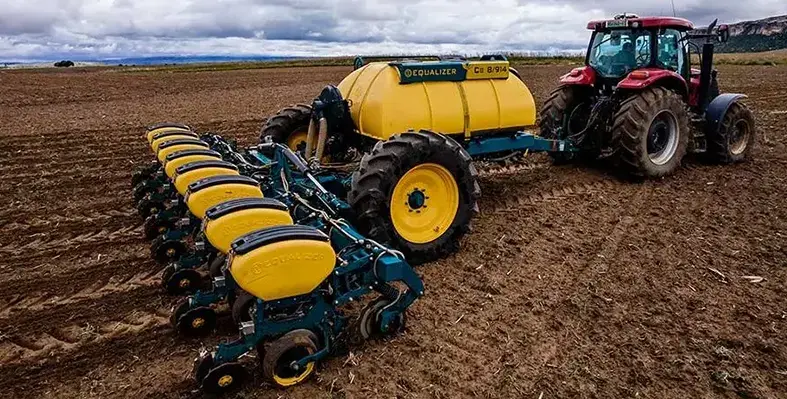In The Spotlight
The Ugandan government has stepped in to stabilise the sugarcane sector in Busoga, announcing a minimum price guarantee of Shs125,000 per tonne of sugarcane following growing complaints from out-growers over low farmgate prices.
The intervention is expected to ease tensions, protect farmer livelihoods and ensure stability in one of the country’s key agricultural value chains.
The decision was reached during a high-level meeting held on Friday, December 19, 2025, in Kampala. The meeting brought together officials from the Ministry of Trade, Industry and Cooperatives, the Sugar Industry Stakeholders Council, and six sugar milling companies operating in Busoga. It was chaired by the Minister of Trade, Industry and Cooperatives, Francis Mwebesa.
Among those in attendance were State Minister for Cooperatives and Bulamogi North West MP Frederick Ngobi Gume, Chairperson of the National Biofuels Committee and former minister Daudi Migereko, senior ministry officials, and representatives from Sugar Corporation of Uganda Limited (SCOUL), Kakira Sugar, GM Sugar, Kamuli Sugar, Mayuge Sugar and Bugiri Sugar.
Minister Mwebesa said the ministry had received numerous complaints from farmers who were earning as little as Shs90,000 per tonne, well below the pricing formula established under the Sugar Amendment Act 2025. “We have been receiving concerns from sugarcane out-growers regarding arbitrary low sugarcane prices, which we consider valid and directly impact farmer livelihoods, mill supply stability, and social and political stability in sugarcane-growing areas,” Mwebesa said.
The complaints mainly targeted GM Sugar, Kaliro Sugar, Bugiri Sugar and Kamuli Sugar, with farmers also protesting the continued five percent trash deduction, despite its earlier removal by the Sugar Industry Stakeholders Council. Mwebesa warned that poor returns, coupled with rising input and transport costs, threaten long-term production, investment and resilience within the sugar industry.
He further questioned the timing of the price cuts during an election period, stating, “Sugarcane pricing should be determined by the Sugar Industry Stakeholders Council, as clearly stipulated in the Sugar Amendment Act 2025.”
GM Sugar’s Henry Kata explained that pricing differences are influenced by varying production costs and urged the ministry to review the broader challenges affecting millers. In response, Minister Gume called on millers to raise prices for at least two months, noting, “This measure will help ensure social and political stability in Busoga during the current political period.”
The millers unanimously agreed to set a minimum price of Shs125,000 per tonne across Busoga for the next two months. The move is expected to restore confidence among farmers, stabilise incomes and support sustained growth in Uganda’s sugarcane sector.
Kenya is positioning itself as a potential major beneficiary of the United Arab Emirates’ newly launched US$1bn Artificial Intelligence (AI) for Development initiative, a strategic move that could significantly accelerate the country’s digital transformation agenda.
The initiative comes at a crucial moment as Kenya shifts from AI policy formulation to large-scale implementation across key economic and social sectors.
The fund was unveiled at the G20 Summit by Sheikh Khaled bin Mohamed bin Zayed Al Nahyan, Crown Prince of Abu Dhabi, who noted that the programme reflects the UAE’s commitment to sustainable growth through global partnerships and innovative financing models targeting emerging economies.
For Nairobi, the timing could not be better. Kenya recently rolled out its National AI Strategy 2025–2030, a roadmap that places strong emphasis on international collaboration to unlock AI-driven growth. The strategy prioritises digital public infrastructure, agriculture, healthcare, climate resilience and education, while also aiming to establish Kenya as Africa’s leading hub for AI research, innovation and real-world application.
According to government estimates, fully implementing the strategy will require at least KSh152 billion (approximately US$1.19bn), underlining the need for external funding and strategic partnerships.
Speaking at the launch of the strategy in March, Cabinet Secretary for Information, Communications and the Digital Economy William Kabogo said its success would depend on adequate financing and robust regulatory frameworks.
“Kenyan policymakers and technology stakeholders are expected to explore avenues for collaboration as the country seeks to move from AI ambition to measurable impact. If leveraged effectively, the UAE-backed fund could provide Kenya with both capital and strategic partnerships needed to accelerate AI adoption, reinforcing its bid to become a continental leader in responsible and inclusive AI-driven development,” he said.
The UAE’s AI for Development initiative is designed to support Africa’s economic and social progress by strengthening digital infrastructure, modernising government services and boosting productivity. These goals closely align with Kenya’s national development priorities, particularly in agriculture and healthcare, where AI technologies are expected to improve efficiency, service delivery and long-term resilience.
The programme will be implemented by the Abu Dhabi Exports Office (ADEX) under the Abu Dhabi Fund for Development, in partnership with the UAE Foreign Aid Agency, further highlighting the scale and credibility of the initiative.
From 27 to 30 January, IPM ESSEN 2026 will once again position itself as the world’s leading horticulture trade fair, delivering an inspiring, future-focused programme across three specialist stages at Messe Essen.
Trade visitors can expect a rich mix of research insights, hands-on expertise and cutting-edge innovation at the Gardeners Forum (Hall 2), the Innovation Center Horticultural Technology (Hall 4) and the brand-new Woodland Arena (Hall 7).
Knowledge and market trends at the Gardeners Forum
The Gardeners Forum remains a key knowledge hub, tackling the most pressing issues shaping modern horticulture. Topics such as energy efficiency, CO₂ reduction, sustainable propagation systems, Gen Z consumer trends and artificial intelligence in global supply chains will take centre stage. Highlights include Fred Kruisselbrink’s sessions on energy efficiency strategies, Floris Tas’ presentation on the substrate-free rooting system ‘RCS 2.0’, and Leon Hünting’s talk, ‘Customers of the future: How we as breeders prepare our partners for Gen Z’.
A panel discussion will explore how Fairtrade is empowering women in global cut flower supply chains, while Oboya CEO Robert Wu will share insights into AI-driven supply chain optimisation. Additional contributions come from leading names such as Bailey Nurseries, Florensis, Landgard and Ulmer Verlag.
Digitalisation and technology in Hall 4
In the Innovation Center Horticultural Technology, the spotlight is firmly on digitalisation, automation and climate-smart solutions. Visitors can discover digital pest detection from PurPest, peat substitute strategies from Gramoflor, and bio-based polymers presented by NTIC Europe. One standout session promises new approaches to urban greening through biochar substrates and satellite-based monitoring, highlighting measurable climate impact. Universities, research institutes and tech pioneers round out a highly practical, innovation-driven agenda.
Trees, cities and climate resilience in the Woodland Arena
New for 2026, the Woodland Arena addresses urban greenery, sustainable trees and climate adaptation. Expert talks cover biodiversity, flood-resilient plants, future urban trees and climate-resilient city planning. Sessions such as ‘Urban trees under stress – water availability, tree health and tree growth in urban environments’ underline the urgency of nature-based solutions for greener cities.
With its continuously updated programme, IPM ESSEN 2026 promises four days of inspiration, networking and forward-thinking ideas shaping the future of global horticulture.
From 16 to 18 June 2026, Bernburg in Saxony-Anhalt will once again become the central hub for modern crop production as the DLG Feldtage returns to the fields of the International DLG Crop Production Centre.
Set on DLG’s expansive 600-hectare trial farm near Leipzig, the open-air event is gearing up to showcase practical farming innovations under the inspiring theme “Crop Production out of the Box”. With more than 150 exhibitors already registered, the organisers are still welcoming further participants via dlg-feldtage.de.
Recognised as the leading international field exhibition for crop professionals, DLG Feldtage brings together farmers, agronomists, machinery experts and researchers seeking hands-on insights into the future of crop production. This year’s programme spans everything from plant breeding and crop protection to fertilisation strategies and cutting-edge agricultural machinery. Visitors can look forward to a rich mix of demonstrations, expert knowledge and real-world trial plots, supported by popular formats including DLG Spotlights, Expert Stages and Pop-up Talks.
The thematic DLG Spotlights are set to be a major draw. The “Planting Green” Spotlight will delve into direct drilling into living cover crops, with live plots demonstrating soil-friendly techniques, nutrient efficiency and modern weed management approaches. Equally compelling is the “Value Chain for Quality Wheat” Spotlight, which traces how premium wheat quality is upheld from field to processing, illustrating the collaboration required across agriculture, trade and milling. Meanwhile, the “Organic Farming” Spotlight will highlight diverse rotations, robust crop choices and practical advice for organic growers looking to refine both production and marketing.
Across the site, visitors will find dedicated meeting zones for discussions on oil and protein crops, resilient cropping concepts and strategies for navigating weather-related risks. As always, machinery demonstrations are a core attraction. Across six themed areas from direct seeding and deep tillage to mechanical weed control 66 machine combinations will take to the field, each accompanied by expert commentary and presented once per day.
Following its successful debut in 2024, FarmRobotix returns with the latest robotics, automation tools and AI-driven innovations for crop production. A special demonstration area will spotlight autonomous field systems, offering a glimpse of how technology may redefine farming in the years ahead.
Beyond the plots and machines, the DLG Plaza will serve as the social and professional heart of the event, hosting expert talks, panel sessions, regional food and relaxed networking. Short and sharp Pop-up Talks will take place at exhibitor stands and Spotlight areas, covering timely topics such as fertilisation and crop protection. The popular DLG CropNight will also make its return, inviting attendees to unwind with live music, food and summer drinks. Camping facilities will be available for visitors wishing to stay on site.
For more information please visit www.dlg-feldtage.de
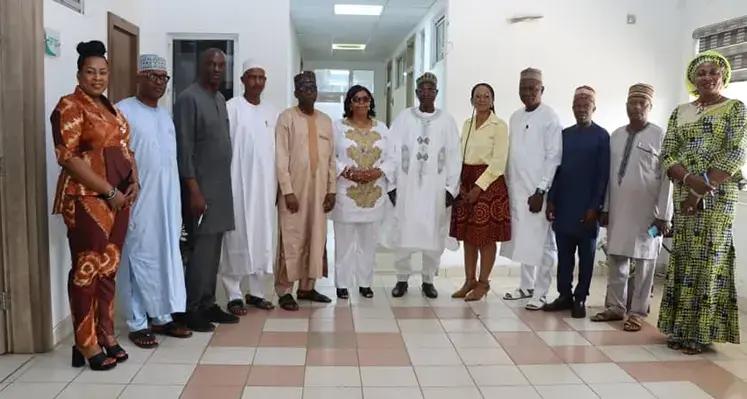
Nigeria and Botswana collaborates to modernise livestock sector. (Image credit: Federal Ministry of Livestock Development)
The Federal Government of Nigeria has reaffirmed its commitment to implementing evidence-based policies aimed at modernising the country’s livestock sector, positioning it as a major driver of economic growth.
This was emphasised by the Honourable Minister of Livestock Development, Idi Mukhtar Maiha, during a courtesy visit from Her Excellency Philda Nani Kereng, High Commissioner of the Republic of Botswana to Nigeria, on Friday, 12th December 2025, at the Ministry in Abuja.
Minister Maiha highlighted the need for Nigeria to move beyond outdated livestock systems and adopt structured reforms that boost productivity, encourage value addition, and ensure sustainable livelihoods for farmers and other stakeholders along the livestock value chain.
“The Botswana experience is a major inspiration. Your nation has achieved in 50 years what the world continues to study, and we are interested in domesticating many of those lessons,” he said.
He added, “Nigeria, as the largest market in Africa, is ready to expand its livestock sector to compete globally, while also partnering with Botswana to accelerate the journey,” noting Botswana’s notable achievements in beef exports to Europe, transboundary disease management, and the integration of technology in livestock traceability.
Minister Maiha also stressed Nigeria’s readiness to learn from Botswana’s model as the Ministry embarks on a plan to rehabilitate and modernise 417 grazing reserves across the country into structured ranching ecosystems.
In response, High Commissioner Kereng highlighted Botswana’s five-decade success in beef production and export to Europe, attributing it to deliberate policies, strong governance, and extensive support systems for farmers. She explained that Botswana’s livestock sector evolved from a rural development model focused on agriculture, supported by legislation and policies enabling farmers to produce high-quality cattle for both livelihood improvement and national economic growth.
Her Excellency further noted that Botswana’s beef sector, second only to diamonds in national revenue, thrives on strict disease-control measures, communal land management, targeted veterinary interventions, and highly subsidised farmer support programmes.
She outlined areas for potential collaboration with Nigeria, including beef quality improvement through enhanced genetics, modern abattoir practices, disease management, veterinary protocols, vaccine production, livestock traceability, and grazing management, reinforcing a shared commitment to advancing sustainable and competitive livestock development.
The Ugandan government has stepped in to stabilise the sugarcane sector in Busoga, announcing a minimum price guarantee of Shs125,000 per tonne of sugarcane following growing complaints from out-growers over low farmgate prices.
The intervention is expected to ease tensions, protect farmer livelihoods and ensure stability in one of the country’s key agricultural value chains.
The decision was reached during a high-level meeting held on Friday, December 19, 2025, in Kampala. The meeting brought together officials from the Ministry of Trade, Industry and Cooperatives, the Sugar Industry Stakeholders Council, and six sugar milling companies operating in Busoga. It was chaired by the Minister of Trade, Industry and Cooperatives, Francis Mwebesa.
Among those in attendance were State Minister for Cooperatives and Bulamogi North West MP Frederick Ngobi Gume, Chairperson of the National Biofuels Committee and former minister Daudi Migereko, senior ministry officials, and representatives from Sugar Corporation of Uganda Limited (SCOUL), Kakira Sugar, GM Sugar, Kamuli Sugar, Mayuge Sugar and Bugiri Sugar.
Minister Mwebesa said the ministry had received numerous complaints from farmers who were earning as little as Shs90,000 per tonne, well below the pricing formula established under the Sugar Amendment Act 2025. “We have been receiving concerns from sugarcane out-growers regarding arbitrary low sugarcane prices, which we consider valid and directly impact farmer livelihoods, mill supply stability, and social and political stability in sugarcane-growing areas,” Mwebesa said.
The complaints mainly targeted GM Sugar, Kaliro Sugar, Bugiri Sugar and Kamuli Sugar, with farmers also protesting the continued five percent trash deduction, despite its earlier removal by the Sugar Industry Stakeholders Council. Mwebesa warned that poor returns, coupled with rising input and transport costs, threaten long-term production, investment and resilience within the sugar industry.
He further questioned the timing of the price cuts during an election period, stating, “Sugarcane pricing should be determined by the Sugar Industry Stakeholders Council, as clearly stipulated in the Sugar Amendment Act 2025.”
GM Sugar’s Henry Kata explained that pricing differences are influenced by varying production costs and urged the ministry to review the broader challenges affecting millers. In response, Minister Gume called on millers to raise prices for at least two months, noting, “This measure will help ensure social and political stability in Busoga during the current political period.”
The millers unanimously agreed to set a minimum price of Shs125,000 per tonne across Busoga for the next two months. The move is expected to restore confidence among farmers, stabilise incomes and support sustained growth in Uganda’s sugarcane sector.
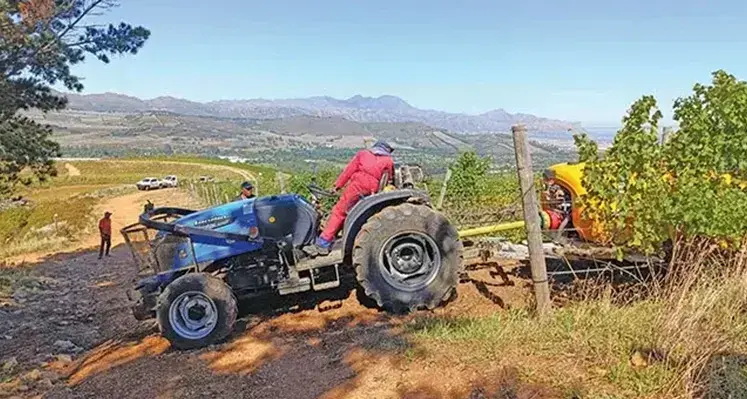
Vicar sprayers are proving to be a formidable investment for South African farmers striving for smarter. (Image credit: Vicar)
European spraying innovation has taken a bold leap into the South African agriculture sector with the arrival of Vicar mist blower sprayers, a technology reshaping the way growers manage crop protection.
Developed over 40 years ago by Italian engineer Vincenzo Caroli in collaboration with LTS in Germany, this advanced sprayer design has become synonymous with intelligent airflow, high efficiency, and exceptional coverage. Now imported by Ikapa Trading in Grabouw, Vicar sprayers are fast becoming a favourite among farmers seeking smarter, faster, and more precise spraying solutions.
What sets the Vicar system apart is its pioneering radial turbine technology, which independent consultant Mike Heath who has witnessed decades of machinery evolution believes to be a game-changer. Unlike conventional axial flow sprayers that rely on propeller blades and lose speed as air moves through housings and deflectors, Vicar sprayers use a single turbine resembling a water wheel. This turbine sucks air in from both sides and moves it radially at a 90° angle, producing a consistent, high-velocity air stream.
The uniquely designed cast aluminium housing forces air through calibrated outlets only, resulting in a uniform exit speed of 250km/h to 280km/h at 540 PTO. Crucially, this system achieves optimal spray delivery while requiring up to two to three times less air volume than axial flow designs dramatically improving efficiency.
Vicar sprayers are also fitted with 360° rotating spray heads, each equipped with up to eight nozzles that move with the airflow for precise application. Heath explains that this makes every model adaptable: vineyards, orchards, tree crops, flowers, vegetables and dense plantations can all be targeted with outstanding coverage. The Vicar 540 reaches 12m per side and 25m in height, while the Vicar 450 covers 4m per side and up to 15m high ideal for vineyards and orchards. The 456 model enhances multirow spraying for modern high-density crops.
Vicar’s airflow control technology also allows operators to manipulate spray direction and prevent turbulence. Upper outlets can create an “air ceiling” to keep spray low for young crops, while lower outlets deliver targeted protection. With reduced drift up to 90% less environmental pollution, as tested by the Julius Kühn-Institut—Vicar ranks among the few sprayers meeting Germany’s strict regulations.
Heath adds that the sprayers’ ability to work faster at high air speeds means farmers can double their operational pace compared with axial fan sprayers. “Being able to work faster and spray multiple rows is allowing Vicar clients to substitute at least two conventional sprayers with one Vicar sprayer,” he notes.
Built for stability, especially on hilly terrain, Vicar’s trailed models feature double-axle frames, three-point linkage attachment, adjustable wheels and a short-turn system that improves manoeuvrability. Tanks include clean-water reservoirs for easy flushing, reducing contamination risks and enhancing longevity.
Despite being pricier than traditional sprayers, co-owner Neels Thiart says the machines pay for themselves quickly thanks to superior performance and durability. In Europe, their second-hand value remains exceptionally high: “In Europe you are able to sell one of these sprayers second-hand for almost the same price as you bought it,” he says.
With unmatched penetration, reduced drift, precision airflow and long-term value, Vicar sprayers are proving to be a formidable investment for South African farmers striving for smarter, more sustainable crop protection.





